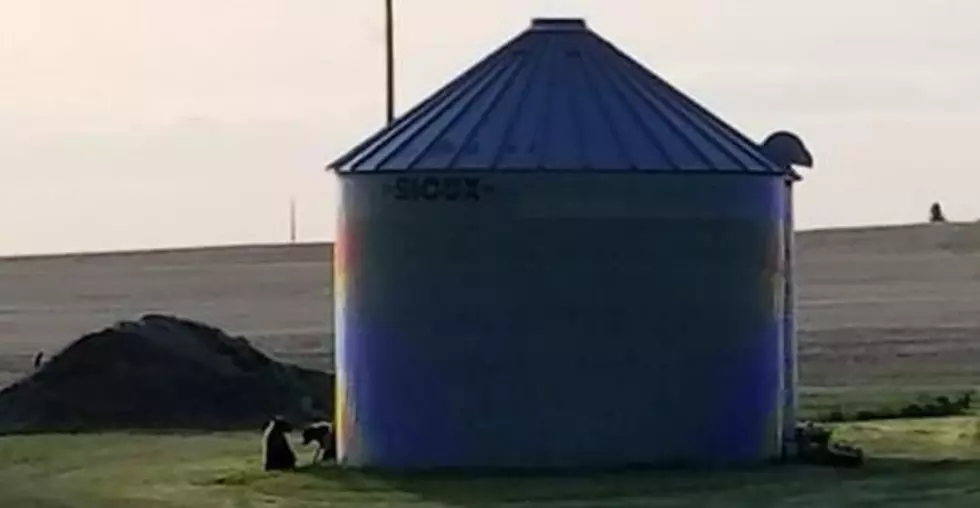
Governor seeks applicants for grizzly bear advisory council, citing leadership void
As their populations recover, grizzly bears are inching into new territory where residents aren’t used to their presence. So Montana is asking for a few people willing put their heads together to keep both bears and people safer.
On Tuesday, Gov. Steve Bullock announced that he would assemble a Grizzly Bear Advisory Council to help guide the state on how Fish, Wildlife & Parks is to manage the bear throughout the state.
“Legal uncertainty has created a void requiring our leadership,” Bullock said in a memo. “As bears continue to expand in numbers and habitat, we must identify durable and inclusive strategies to address current issues and prepare for the future. This advisory council represents a key step toward Montana embracing the tremendous responsibility and opportunity of long-term Grizzly Bear recovery and management.”
Over the course of several meetings starting this summer, the Council will focus on generating clear and practical recommendations for statewide grizzly bear management, conservation and recovery.
To ensure strong support for the recommendations, Bullock is looking for a broad cross-section of interests to serve on the Council, including livestock producers, wildlife enthusiasts, conservation groups, hunters, community leaders, Tribal Nation representatives and outdoor industry professionals.
FWP spokesman Greg Lemon said anyone interested in being on the council – usually made up of 12 to 16 members – should be prepared to have an open mind.
“We need two things. We need people that are willing to work toward solutions while working on controversial issues, and also people who represent the wide range of what’s out there as far as values,” Lemon said. “There are some really tough issues that the governor is hoping the council will tackle, like the role of hunting or response to conflict. It’s going to take folks that are willing to work toward a common goal. It’s not for people who want to stay in their ideology.”
Montana contains all or part of four of the five grizzly bear recovery areas designated by the U.S. Fish and Wildlife Service. While populations are struggling to nonexistent in three recovery areas, including the Bitterroot and Cabinet-Selkirk in northwest Montana, bears have done fairly well in two areas: the Yellowstone and Continental Divide ecosystems.
With an estimated 700 to 1,000 grizzlies in the wildlands of those two areas, some bears have begun venturing outside the protected areas and encounter the threats that come with more settled regions, including cars, hunters and livestock producers.
The original plan for species recovery included the assumption that grizzly bears would be able to move between recovery areas to prevent each population from becoming isolated and inbred. But, as more people populated the spaces between ecosystems, that assumption becomes harder to achieve.
Last year, several grizzlies died on roads west of the Continental Divide, while on the east side, bears have wandered farther onto the prairie where farmers and ranchers don’t appreciate finding bears in their fields.
Members of the Marias River Livestock Association and some of the Hutterite colonies along the Rocky Mountain Front regularly attend the Interagency Grizzly Bear Committee meetings to voice their fears about grizzly bears traveling through their communities. They don’t want grizzly bears in their region.
Ranchers in Wyoming have also complained about bears moving east out of the Yellowstone ecosystem. Wyoming pushed for an ambitious grizzly bear hunt before the courts put Yellowstone grizzly bears back on the endangered species list last year after the USFWS delisted the isolated population in 2017.
Montana has taken a more measured approach toward creating a grizzly bear hunt, creating regulations but holding off on a season. But Montana will probably have one once grizzlies are delisted.
Then there was the young grizzly that took up residence for a short while on a Stevensville golf course before being transplanted to a site closer to the Bob Marshall Wilderness. But even that transplant took FWP some time to work out because they’re running out of places to transplant bears.
“We need an approach that doesn’t just go recovery zone by recovery zone, but looks holistically at what we need to do across the landscape. So we need to engage the Montana public in that conversation about what recovery should look like,” Lemon said.
Those wishing to participate in the advisory council should apply by April 12. Applications are available at http://fwp.mt.gov/fishAndWildlife/management/grizzlyBear/gbac.html
Contact reporter Laura Lundquist at lundquist@missoulacurrent.com.
